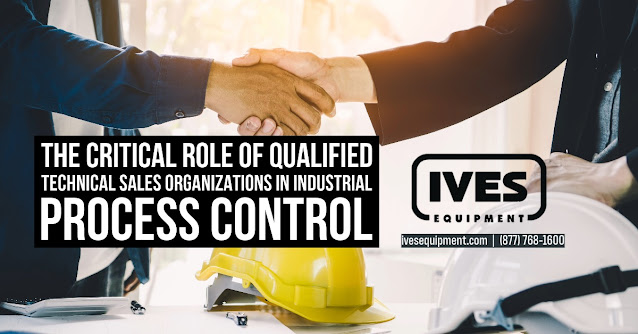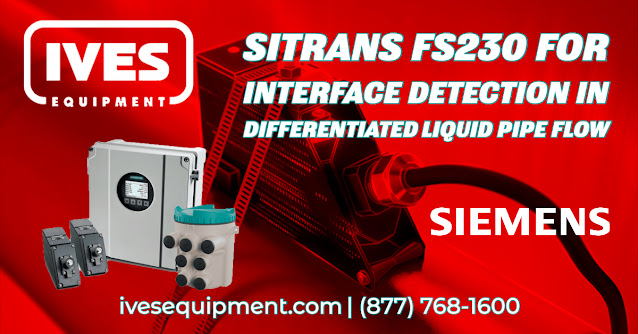As winter's icy grip tightens, industries brace for the chilling effects of plummeting temperatures. One of the most significant challenges they face is the risk of operational shutdowns due to freezing conditions. In this scenario, freeze protection becomes a cornerstone for ensuring continuous industrial operations. Freeze protection is critical in preventing winter shutdowns and maintaining industrial productivity.
The first layer of defense against the cold is understanding the risk. Many industrial processes involve fluids – water, chemicals, oils – that can freeze at low temperatures. When these fluids freeze, they can expand, causing pipes and containers to burst or crack, leading to equipment failures, safety hazards, and costly repairs. The consequences aren't just physical; they can significantly impact production schedules, leading to financial losses and compromised client relationships.
This is where heat tracing systems come into play. Heat tracing, an essential component of freeze protection, involves applying heating elements alongside pipes, valves, tanks, and other critical components. These systems maintain a constant temperature, preventing the contents from freezing. Modern heat tracing solutions are sophisticated, with self-regulating capabilities that adjust the heat output based on the surrounding temperature. This ensures energy efficiency while providing reliable freeze protection.
Beyond heating elements, insulation is another vital aspect of freeze protection. Insulating pipes and tanks reduce heat loss, allowing heating systems to work more effectively and efficiently. The suitable insulation materials, combined with expert installation, can significantly reduce the risk of freezing.
Automation and monitoring technologies have also revolutionized freeze protection. With real-time monitoring systems, industries can remotely track the temperatures of their equipment and receive instant alerts if temperatures approach dangerous levels. This proactive approach allows for quick responses, minimizing the risk of a freeze-induced shutdown.
The implementation of freeze protection strategies must be a tailored process. Each industry and facility has unique needs based on its location, the nature of the materials handled, and the specific equipment used. A comprehensive risk assessment is crucial to identify vulnerable areas and design a freeze protection system that addresses these risks effectively.
Training and preparedness are equally important. Employees should be trained in the proper operation of freeze protection systems and emergency response procedures should a system failure occur. This training ensures that issues are addressed swiftly and effectively, minimizing downtime.
Industries must also consider the environmental impact of their freeze protection strategies. Eco-friendly antifreeze solutions, energy-efficient heat tracing systems, and sustainable insulation materials are increasingly available, allowing industries to protect their operations from the cold while being mindful of their environmental footprint.
In conclusion, as the cold season approaches, the importance of freeze protection in industrial settings cannot be overstated. It is a multifaceted approach involving heat tracing, insulation, monitoring, tailored solutions, training, and environmental consideration. By adopting these strategies, industries can safeguard against winter shutdowns, ensuring their operations run smoothly and continuously, regardless of the outside temperature. This proactive approach protects equipment and investments and secures the industry's reputation as a reliable and resilient player in the market.
Ives Equipment Corp., a leader in industrial solutions, is proud to offer an extensive range of Nelson Heat Trace products, renowned for their reliability and efficiency in freeze protection and process temperature maintenance. Our dedicated team specializes in these cutting-edge systems' sales, design, and comprehensive support, ensuring your industrial operations remain uninterrupted, even in the harshest winter conditions. With our in-depth expertise, we provide tailored solutions that align perfectly with your unique requirements. Partnering with Ives Equipment Corp. means gaining access to top-tier heat tracing technology backed by a commitment to exceptional customer service and technical support. Trust us to keep your operations running smoothly, regardless of the weather.
https://ivesequipment.com




